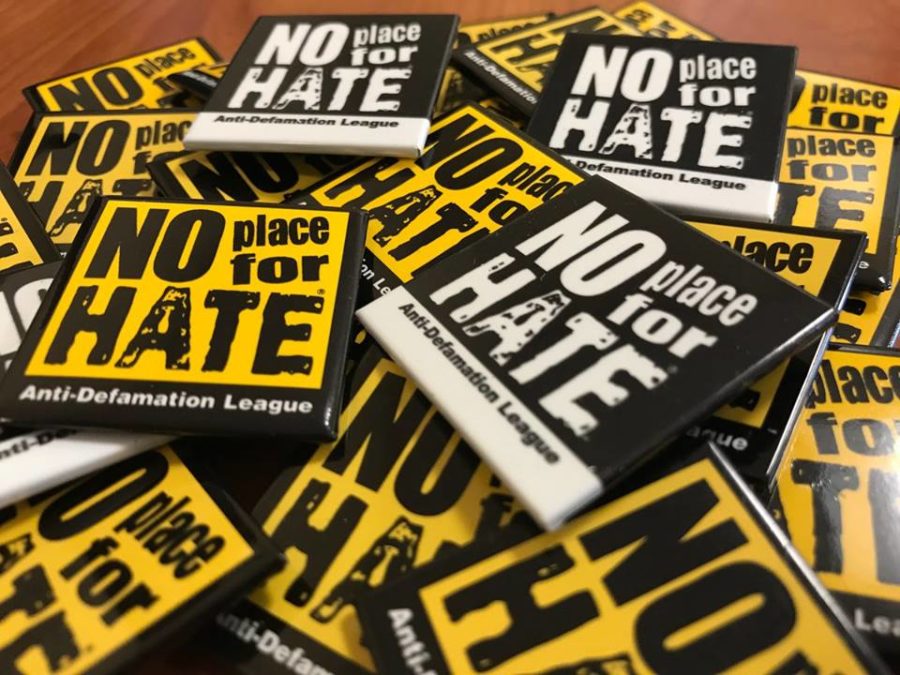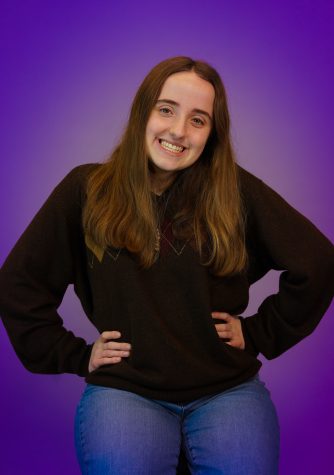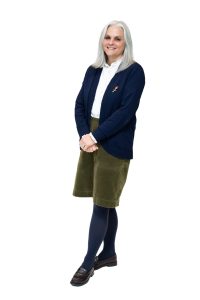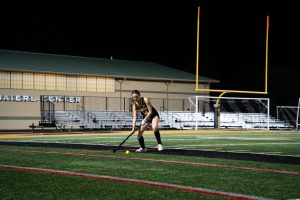A Lesson for All
NASH Social Studies classes recently partook in a No Place for Hate online lesson to shed light on the effects of hate speech.
image courtesy of Anti-Defamation League
The No Place For Hate lesson allowed students to engage in an open discussion about online hate speech.
April 29, 2021
When the NASH community saw a chance to continue enriching the learning environment at the school and improving the day-to-day experience of all students, they did not hesitate to take it.
“Our hope is to create authentic learning opportunities for our students, and the goal is for us to do that internally as a school community,” NASH principal Dr. Dirda explained. “Because each school level has its own unique attributes, we’re looking to make sure we’re addressing student, staff, and community needs.”
Building-specific plans were crucial in the process of deciding how NASH would do this.
“With this being a junior- and senior-level building, talking about how online speech itself impacts our students is important,” Dr. Dirda said. “Students are on social media platforms very often, so it’s necessary to have conversations about how what we say impacts others and really try to see outside of oneself and the life experiences we’ve had.”
All history teachers, directed by the NASH administration, were required to use class time to cover the No Place For Hate lesson.
Covering both appropriate internet usage and hate speech, it included a scenario in which students accepted into a prestigious college posted hateful comments in a private social media group for newly admitted attendees of the college. Because of this, the school later revoked everyone in the social media group’s acceptance status.
Students were then asked to form an opinion on whether or not the college made the correct decision, and then they were encouraged to listen to their classmates’ thoughts on the matter.
Luckily for teachers, the lesson can easily be related back to what they have covered in their classes this year.
“The No Place for Hate lesson naturally fits in the history curriculum,” Mr. Lyons said. “We teach the civil rights movement from the fifties to the current day.”
AP US History teacher Mr. Venezia, along with the correlation between his course’s content and the No Place For Hate lesson, acknowledged that it can also be tied to current events that are relevant to students today.
“The lesson does relate to the Constitution of the United States, which is clearly an integral part of my course. The purpose and limitations of First Amendment protections relate directly to the motivations of the antifederalists during the fight over ratification of the Constitution,” Venezia said. “Obviously, this topic is germane to the drama that unfolded at the Capitol on January 6th, in the impeachment trial that followed, and in the controversy of Former President Trump being banned from social media.”
While students can take the historical context and current events into consideration when participating in this activity, some took issue with the fact that these things were not specifically included in the lesson and that a few necessary details may have been left out of the story.
“I think that the No Place For Hate activity was slightly flawed because it was vague and belittled similar situations that have actually happened,” junior Emma Scott said. “It did not tell students that their hateful comments were wrong–it just had us question the validity of the school’s actions.”
NASH junior Sam Podnar added what she thinks can be done to solve this issue and improve upon future exercises.
“Some more specificity about the incident discussed would’ve been helpful, and it would be nice to continue supplementing this particular activity with follow-ups relating more to what students at NA might be experiencing,” Podnar said.
Other than these minor flaws, though, the response to the school-wide initiative and its relevance has been overwhelmingly positive.
“[The lesson] proves an opportunity to extend outside of [the] NA world a little. Any lesson that brings about change for the better is a good lesson,” Lyons said. “This a great first step to tackling the issues of discrimination. We, as a school community, need to continue to refine and improve our efforts to make the world we live in one where there is no place for hate.”
Part of the reason that many are in support of this initiative is the relevance they see in our building.
“[Hate] is something at NA that needs to be addressed, especially at a high school level, where it’s still happening,” senior Milla Penovich said. “It definitely shouldn’t be happening here, though, because people should know better at this point.”
While it covers hate speech, many also see the lesson as a good way to encourage responsible internet usage.
“The lesson addresses the pervasive lack of internet responsibility that many people demonstrate–and this only seems to be getting worse,” Venezia said.
For the NASH administration, bringing people together to reflect seems to be the main priority of this activity, and it is what guides future plans in creating lessons and activities that strive for inclusion, equity, diversity, and empathy within the school community.
“There’s something so personal about human connection and bringing people together,” Dirda said. “This has been impacted by COVID-19-related barriers, and we look forward to the opportunity of bringing our students and staff together in person to ensure our students are supported in every way possible.”













